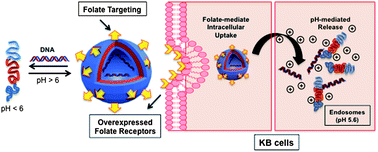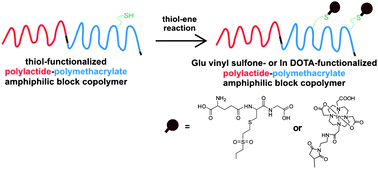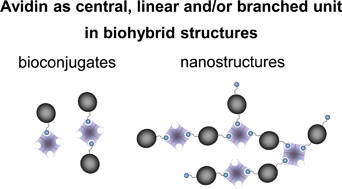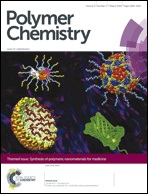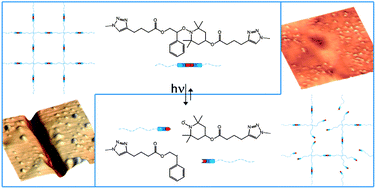 Polymer Chemistry Associate Editor Brent Sumerlin has been interviewed in Chemistry World! He talks to Laura Howes about his work developing smart polymers for delivering insulin to treat people with diabetes.
Polymer Chemistry Associate Editor Brent Sumerlin has been interviewed in Chemistry World! He talks to Laura Howes about his work developing smart polymers for delivering insulin to treat people with diabetes.
Here’s a sneak preview…
How would you describe your work?
We are synthetic polymer chemists and all of the materials we’re interested in are smart materials. They’re not really smart – they can only do one thing – but they do that one thing really well.
Usually they’re block copolymers in solution and they self-assemble or dissociate depending on the conditions around them like pH or temperature. We want to make polymers that respond to their environment and can be useful for things like drug delivery.
Is your work mainly focussed on drug delivery?
Yes, mainly. There are two ways of thinking about it. One would be to specifically release a compound in one environment under a specific set of conditions. Another way to think about it would be to instead encapsulate something under specific conditions. We haven’t done work in that area directly but it is common to use similar materials for, say, wastewater remediation. In both cases you’re trying to encapsulate something hydrophobic, it’s just whether you want to release it or not.
Do you have particular biological targets or problems you want to solve?
Most of our interest has been in the area of diabetes, and I think that’s what sets our work apart from a lot of other smart polymer chemists. Most people are working on cancer but diabetes is also a problem of growing importance. The polymers we work with respond to sugar, and under a high concentration of sugar they become hydrophilic. So if you can make an aggregate that’s held together by these polymers, when there’s a lot of sugar around, they become water-soluble and dissolve, potentially releasing insulin from inside. We like this approach because it combines the glucose monitoring and insulin production into one feedback step.
Read more about Brent’s research, and find out how he coped with moving his research group 1000 miles across the US, in Brent Sumerlin: Searching for a sweet response.











